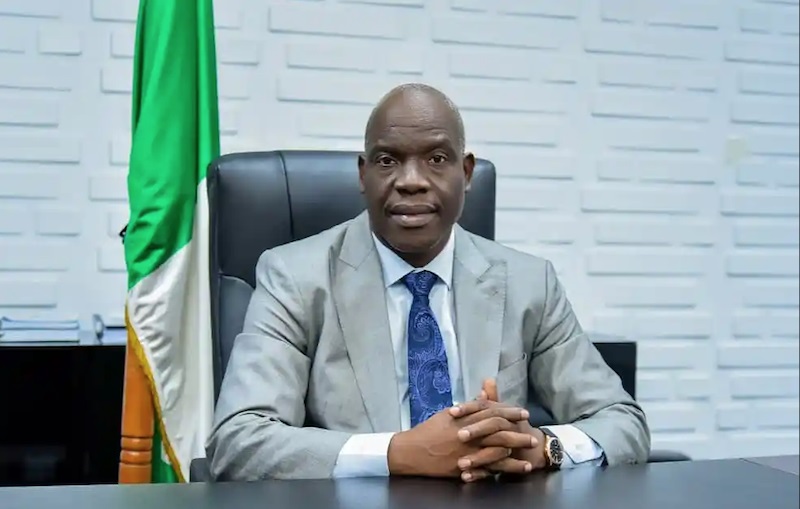
Through our coaching sessions, Emily learned how to take personal responsibility for her career growth, advocate for herself, and strategically position herself for leadership opportunities. She implemented critical strategies, from self-advocacy and executive presence to mentorship and visibility in high-impact projects. Within a year, Emily secured a General Manager position—and within two years, she was promoted to Executive Director.
Her story is a testament to the power of personal responsibility, strategic career planning, and empowerment. Let us delve into the 10 key strategies I applied to coach Emily to break through the glass ceiling, take control of her success, and emerge as an influential leader. Whether you are an aspiring leader or a seasoned executive, these strategies will equip you with the tools to own your career trajectory and thrive in leadership.
1. Take Ownership of Your Success
The most common way people give up their power is by thinking they don’t have any. Women often face systemic barriers in leadership, but waiting for an organization to “fix” the system can lead to stagnation. Women must actively take charge of their success, making intentional choices about their growth, leadership development, and career trajectory.
What I Did With Emily
Emily initially believed that her work alone would earn her promotions. However, through coaching, she realized that success is not just about competence—it’s about visibility, strategic relationships, and self-advocacy. She developed a clear career roadmap, sought feedback from senior leaders, and took proactive steps to position herself for promotion.
Emily’s Result
Two years later, Emily’s shift in mindset and strategy has transformed her career trajectory. She has successfully built a strong leadership brand and now mentors other women, helping them take ownership of their success as well.
2. Develop a Strong Leadership Presence
Emily struggled with speaking up in high-stakes meetings. You have to learn to own your space. Speak with confidence, and people will listen. Women in leadership often struggle with executive presence, which encompasses confidence, communication, and the ability to command a room. Developing a strong leadership presence ensures that your ideas are heard, respected, and influential.
What I Did With Emily
She feared being perceived as too aggressive or too soft. Through coaching, she worked on assertive communication, body language, and public speaking. Over time, she became a confident, respected voice in the executive team.
Emily’s Result
Emily is now recognized as a trusted strategic advisor in her organization. She leads boardroom discussions with confidence and has inspired other women to find their leadership voice.
3. Build a Strong Professional Network
Emily initially focused solely on her internal company relationships. Surround yourself with only people who are going to lift you higher. Success in leadership is not just about talent—it’s about who you know and who knows you. Building a strong professional network opens doors to new opportunities, mentorship, and strategic partnerships.
What I Did With Emily
Through coaching, she expanded her network beyond her organization, attending industry conferences, leadership forums, and networking events. She also cultivated relationships with senior leaders and potential mentors, increasing her visibility in leadership circles.
Emily’s Result
Within 11 months years, Emily’s professional network played a critical role in her career growth. She was invited to join a high-profile leadership board, which eventually led to external executive opportunities.
4. Advocate for Yourself with Confidence
If you don’t ask, the answer is always no. Many women hesitate to negotiate for higher salaries, promotions, or leadership opportunities, often waiting to be recognized instead of actively advocating for themselves. Taking charge of your career requires assertiveness and self-promotion.
What I Did With Emily
Emily initially struggled with asking for what she deserved. Through coaching, she prepared a compelling case for a promotion, outlining her accomplishments, leadership contributions, and market value. She practiced negotiation strategies, which led to her successfully securing a pay increase and expanded leadership responsibilities.
Emily’s Result
Within 18 months, Emily not only negotiated her promotion but also mentored other women on how to advocate for themselves in leadership discussions.
5. Master the Art of Strategic Decision-Making
Emily used to second-guess her decisions, fearing mistakes. In the end, we are our choices. Strong decision-making skills distinguish leaders from managers. Women in leadership must develop the ability to assess risks, analyze opportunities, and make confident, strategic choices.
What I Did With Emily
Coaching helped her refine her decision-making framework, allowing her to weigh risks, seek diverse perspectives, and act with conviction. This transformation earned her trust from senior executives and positioned her as a strategic leader.
Emily’s Result
Emily’s ability to make bold, informed decisions has helped her lead high-stakes projects successfully. She is now a go-to executive for critical business initiatives.
Visit www.tppafrica.com for the full article
Are you ready to take your leadership to the next level? Contact us today on +2347026668008 or [email protected]






